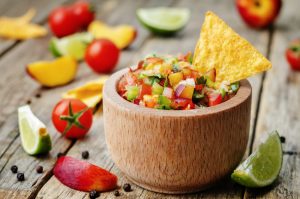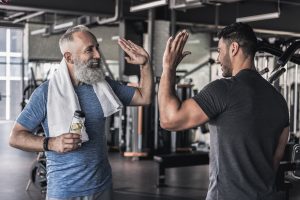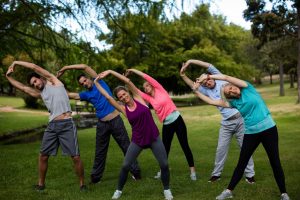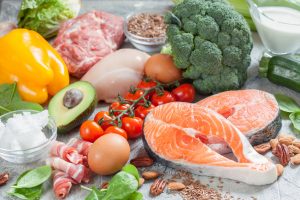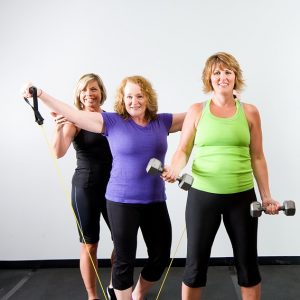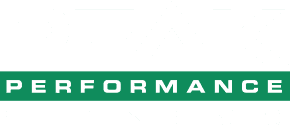Give your immune system the support it needs with this delicious, warming soup! This recipe is packed with ingredients that are good for you, too.
Yields: 16 servings
Ingredients:
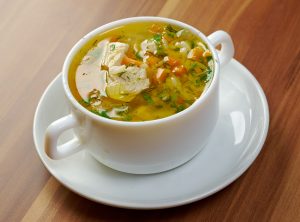 2 Tablespoons olive oil
2 Tablespoons olive oil- 1 pound chicken breast
- 1 medium onion, diced
- 3 large carrots, diced
- 2 celery stalks, diced
- 3 cloves of garlic, diced
- Salt and pepper to taste
- 1 medium lemon (zest and juice)
- 1 fist full of fresh ginger (washed, with skin on)
- 2 quarts of chicken broth
- 1 can of organic coconut milk (optional)
Directions:
- In a large pot, heat olive oil over medium-high heat. Add the chicken and brown.
- Add onion, garlic, carrots, celery, salt, and pepper to pan and cook until softened (about 5 minutes).
- Add 2 quarts chicken broth and ginger with skin on and bring to a boil. Note: the longer you boil the ginger, the stronger the flavor will be.
- Reduce heat, simmer 35-45 minutes
- Remove ginger and discard
- Remove the chicken, shred and set aside
- Add lemon zest and squeeze lemon to taste. Continue to simmer for 15 minutes then add shredded chicken
- Option to add 1 can organic coconut milk (it makes the broth creamier!)
Nutrition Facts:
Calories: 130
Total Fat: 8.5 g
Saturated Fat: 5.2 g
Carbohydrates: 4.5 g
Protein: 9.2 g
Thank you to Korr.com for sharing this recipe! You can find the original recipe here!

